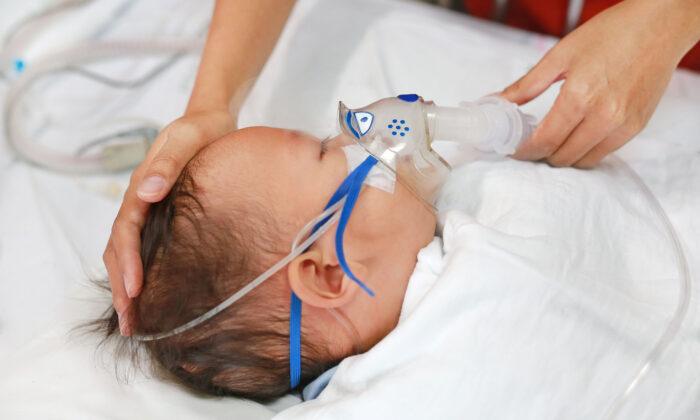Australia’s Federal Resources minister, Madeleine King, has urged the resources sector to increase the production of critical minerals by increasing mining activity if the Labor government’s ambition of net zero is to be achieved.
This follows from Federal Treasurer Jim Chalmer’s speech in June at the 26th World Mining Congress in Brisbane, where he said that a 450 percent increase in mineral production will be needed to meet net zero by 2050.
Speaking in Parliament on Aug. 9, Ms. King said mining critical minerals from Australian mines is essential for net zero technologies such as electric vehicles, wind turbines, battery storage, mobiles, laptops, and everyday products.

“As I have said, the road to net zero runs through the Australian resources sector. To get to net zero will need more mining, not less,” Ms. King said.
“Global demand for critical minerals will increase over the next seven years by 350 percent. That is an extraordinary level of growth, and Australia has the natural resources that will enable us as a nation to respond to this international demand.”
Record Earnings in Resources Sector
According to a report (pdf) published by the Department of Industry, Science, and Resources, energy and resources earned a record $460 billion (US$300 billion) during the 2022-2023 financial year, which was due to the Russia–Ukraine conflict and the impact of a stronger U.S. dollar.Meanwhile, the value of critical minerals and base metals needed for net zero technologies recorded earnings of $46 billion (US$30 billion) over the same period.
Ms. King said the value of lithium exports in 2022-23 almost quadrupled from the previous financial year to over $19 billion (US$12.4 billion) in 2022-23. But she predicts the value will decline to around $15 billion (US$10 billion) in 2024-25 as prices moderate.
The report also found that Australia has abundant supplies of the lithium, cobalt, nickel, manganese, and graphite needed to produce batteries for electric vehicles.
Mining magnate Gina Rinehart previously said that over-regulation in the mining industry had seen mining investment fall to $40 billion (US$26 billion), thus creating a $60 billion (US$39.2) investment gap that would be a “missed opportunity” for Australia.
Ms. Rinehart added that for the government’s green policies to be feasible, metals and minerals need to be mined.
10 Tonnes of Mining Needed for One Electric Car
In June, interim CEO of Newcrest Mining, Sherry Duhe, revealed that more mining is needed to produce an electric car compared to conventional vehicles.“When you look at the amount of earth we have to move to produce one [EV] car, it’s ten tonnes,” Ms. Duhe said at the World Mining Conference in Brisbane, saying it was “six times the total material” needed for regular cars.
“It just shows you the enormity of the problem and the challenge that we’re facing. And that’s just to electrify vehicles; that’s just one element of the electrical system.”

She added that a footprint of five percent grade copper, the average grade at which copper can be developed, would cover 31 square kilometres—roughly 12 times the size of Brisbane’s CBD.
“So imagine that’s one mine, and we need many, many, 10s or dozens of those mines to be able to meet the copper demand that’s out there,” she said.
“That means we have to go deeper, we have to build bigger mines, and we have to go much, much faster than we have ever gone before.”
According to the strategy, the government will target $500 million (US$326 million) of new investment into critical mineral projects via the Northern Australia Infrastructure Facility.
Additionally, the existing National Reconstruction Fund will add an extra $1 billion (US$653 million) for “value-add in resources” to support critical mineral projects. Another $3 billion (US$1.96 billion) is earmarked for “renewables and low emission technologies” as priority areas.
“We will support those businesses in these industries to secure capital, allowing them to expand their workforce, creating more jobs, more complex jobs, bringing manufacturing capability, refining capability, and, importantly, chemical processing back into our country,” she said.
“The critical mineral story of Australia will be one of expanded mining operations, and very importantly, that high-level chemical processing, and we will use our own resources to do it.”





